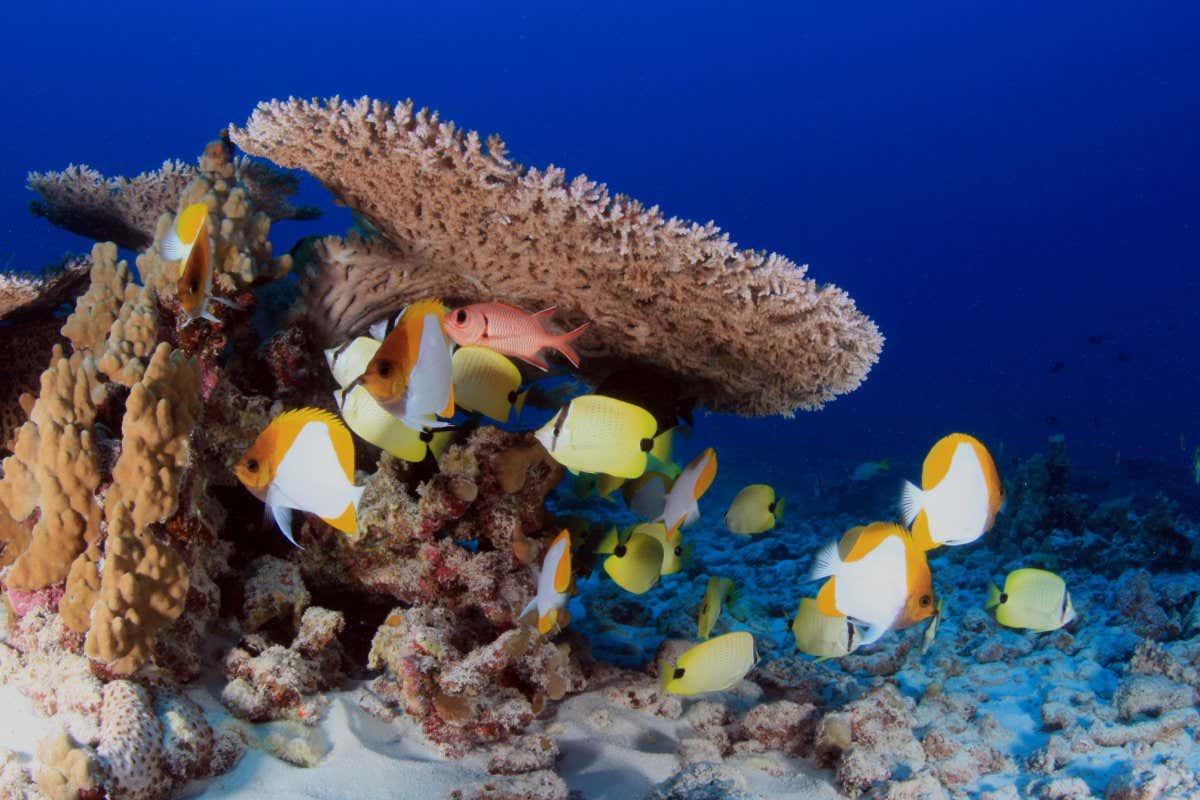[ad_1]
The Eris rocket developed by Australian company Gilmour Space will be the first Australian system to go into orbit if it successfully launches next year
Space
20 November 2022
The Eris rocket under construction Gilmour Space
Australian company Gilmour Space has nearly finished building a rocket that it will attempt to launch into space in April 2023. If successful, it will be Australia’s first homegrown orbital spacecraft.
“Space [technology] is one of the key enablers of society – it’s good for a nation to have access to space capability if it can,” says Adam Gilmour, a long-time space enthusiast who co-founded the company after working in banking for 20 years.
The rocket, called Eris, will stand 23 metres tall and weigh over 30 tonnes. It will be powered by five hybrid engines that contain a solid fuel and a liquid oxidiser.
A final test conducted in early November found that each engine could generate 115 kilonewtons of thrust – “enough to pick up three or four SUVs [sports utility vehicles] each”, says Gilmour.
The company expects to finish building Eris by March and is planning a test launch from a site near Bowen in north Queensland in April.
The rocket will be fitted with a lightweight satellite and aim to enter low Earth orbit.
“We’re confident it will take off the pad, but no first launch vehicle from a new company has ever successfully gone to space on the first try,” says Gilmour. “What generally happens is the second one works, so we’re building two of them so we can learn from the first and succeed with the second,” he says.
If the launch is successful, it will make Australia the 12th country in the world to send one of its own orbital rockets into space, joining the US, UK, Russia, China, Japan, South Korea, North Korea, France, Israel, India and Iran.
Most of the funding for the project has come from venture capital, with the Australian government contributing a small amount.
A test of the rocket engine Gilmour Space
Following a successful launch, Gilmour Space plans to build bigger rockets that will be able to carry payloads of up to 1000 kilograms into low orbit. This would allow it to launch satellites for the Australian government and private companies for use in mining, agriculture, communications, defence, Earth observation and other areas.
“We’ve been using other countries’ rockets for the last 50 years, but there are a lot of restrictions,” says Gilmour. “If you’ve got an Australian launch vehicle, then if you’re an Australian company or the government, you’ve basically got unfettered access,” he says.
Aude Vignelles, the chief technology officer of the Australian Space Agency, says that having space capabilities would give a boost to Australia’s national well-being. “Australia’s geographical advantages and political stability [also] make us an attractive destination for launch activities,” she says.
If Eris successfully gets to orbit, it will be the first rocket with hybrid engines to do so, says Vignelles. Most rocket engines contain fuels and oxidisers that are both solids or liquids, since they tend to be more powerful. But several companies are developing hybrid engines that have one component in solid form and the other in liquid form, since they have the potential to be safer, simpler and cheaper.
Gilmour Space also has ambitions to build rockets that can carry astronauts by 2026.
Sign up to our free Launchpad newsletter for a voyage across the galaxy and beyond, every Friday
More on these topics:
[ad_2]
Source link




